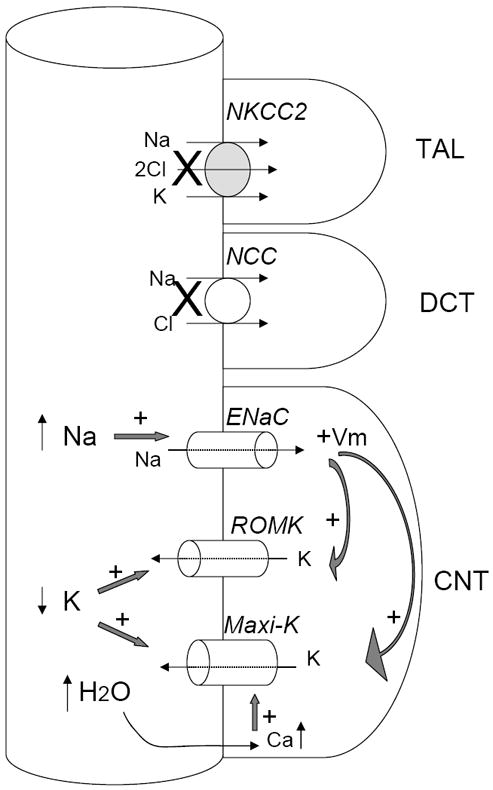Figure 1. Flow-dependent increase in K+ secretion involves both ROMK and Maxi-K.

Decreases or loss of function of NKCC2 or NCC increase fluid and Na+ delivery to CNT, the key site for K+ secretion. Increased fluid flow decreases luminal K+ concentration. Increased Na+ delivery increases Na+ reabsorption via ENaC and depolarizes apical membrane potential (indicated by “+Vm”). Both factors increase K+ secretion via ROMK and maxi-K. In addition, increased fluid flow stimulates Ca2+ entry to activate maxi-K. Thus, both ROMK and maxi-K contribute to flow-dependent K+ secretion at the low flow rate. The relative contribution by maxi-K is increased at the high flow rate. Maxi-K is also activated by membrane depolarization. The contribution from membrane polarization due to increased ENaC activity to the activation of maxi-K, however, is relatively small compared to that from increases in fluid flow and the rise in intracellular Ca2+ concentration. See text for abbreviations.
